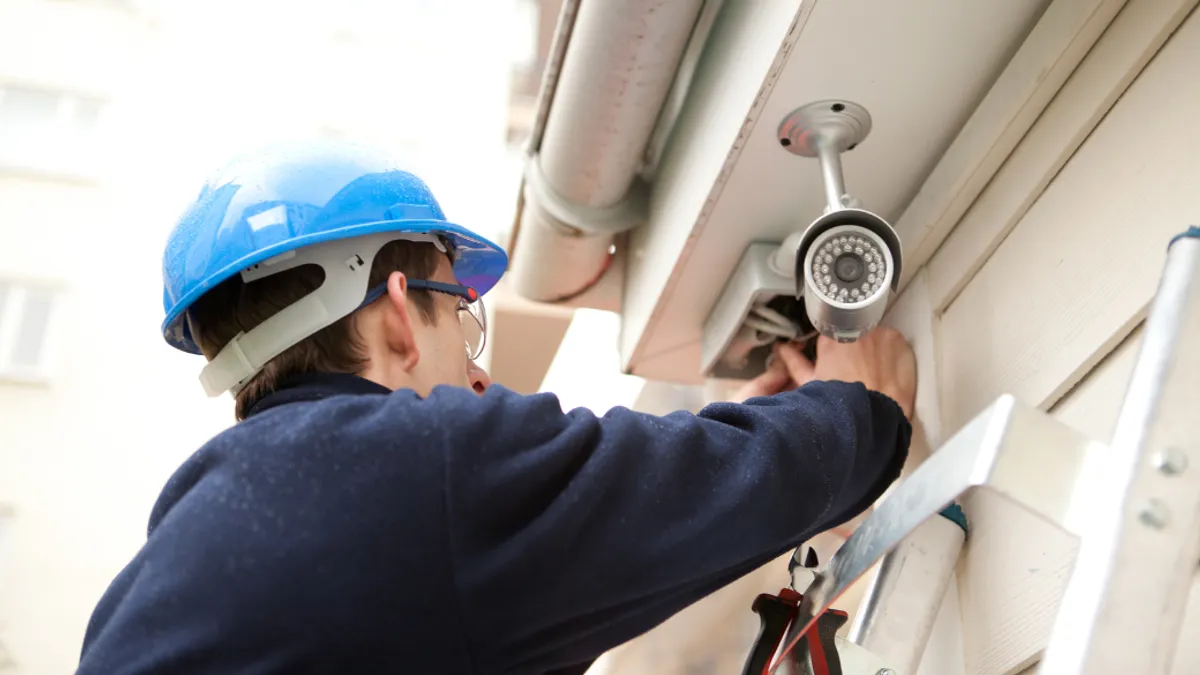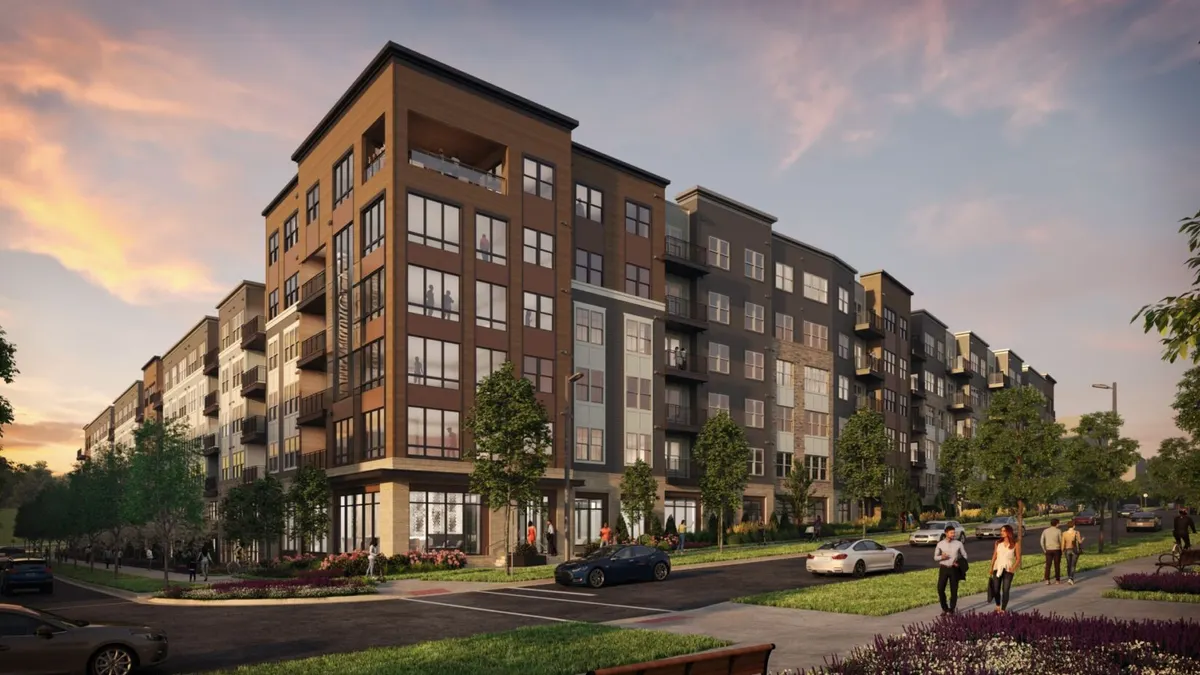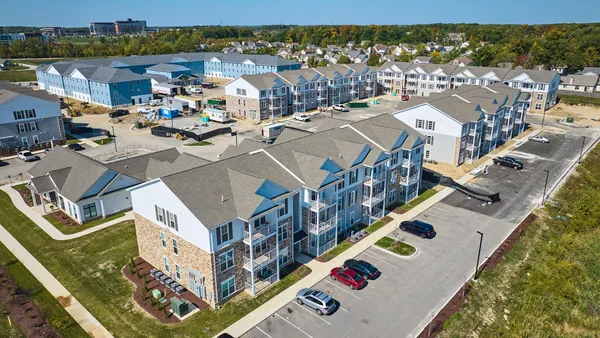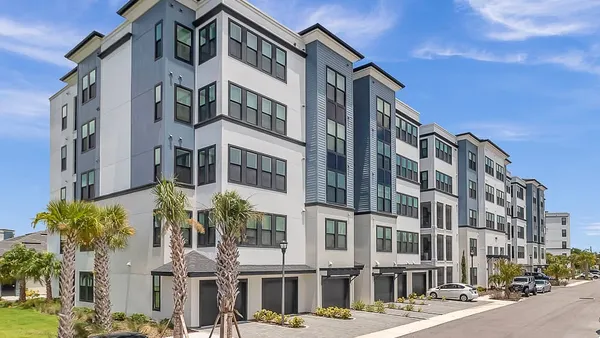Protection. Safety. Peace of mind. These aren’t just buzzwords; they’re must-haves for your apartment that significantly impact tenant satisfaction.
In fact, 71% of apartment tenants want their management to implement stronger security measures, according to a recent survey of 1000+ tenants conducted by Deep Sentinel.
But security is not one-size-fits-all; every property will have its own unique security needs. That's why regular security audits are essential to identify and address your property’s vulnerabilities.
Security isn't just about preventing crime — it's also about protecting your reputation, your residents and your ROI.
Everyone wants to live in a place where they feel safe. Yet nearly 70% of tenants are aware of at least one crime having occurred at their apartment complex.
Plus, under the legal concept of reasonable care, property managers can be held liable for damages resulting from crimes committed on their property. In other words, if your security fails, you could face legal action for not doing enough to protect your tenants.
Tenants are also willing to pay more to feel safe. In fact, 54% of tenants would commit to higher rent for better security. So if you can provide stronger security measures, you might see a profitable return on your investment. Call that a win-win.
If you're not already conducting an annual security audit, here's how to start.
Step one: Evaluate your property's current security measures.
Start by taking inventory of your current security setup, like surveillance cameras, lighting, access control systems and any personnel if relevant. Make sure these systems are up-to-date and working well. It's important to stay objective and spot weaknesses that could be improved.
It's a good idea to also seek input from key stakeholders, including tenants and staff. You may want to ask if they’ve witnessed any security incidents on the property. Their first-hand experiences can help you plan the upgrades they need for a safer environment.
Step two: Analyze crime data and security incident reports.
Once you have assessed your current security setup, the next vital step is to examine any crime data and incident reports specific to your property and the surrounding area. This analysis should include reviewing police reports, security logs and any past insurance claims related to property damage or criminal activity.
Understanding common crime trends and vulnerabilities can help you tailor your security measures to your community's unique risks. For instance, if your area has a high rate of package theft, you might consider implementing package lockers or installing surveillance cameras in common delivery areas.
Step three: Reinforce your CPTED (Crime Prevention Through Environmental Design) strategies.
Crime Prevention Through Environmental Design (CPTED) strategies are an essential component of any security strategy. CPTED is the practice of thoughtfully designing your environment to naturally deter crime. Plus, living spaces designed with CPTED principles tend to be more appealing to tenants.
Here are some easy ways to improve security using CPTED:
- Increase lighting throughout the property, especially in pathways, parking areas and hidden corners.
- Create clear sightlines by trimming or removing overgrown bushes and trees.
- Define public, semi-public and private areas using landscaping and signage to reduce unauthorized access.
- Strategically place surveillance cameras to cover entrances, exits and high-traffic zones for comprehensive monitoring.
By weaving these CPTED ideas into your property design, you’ll not only deter potential crime but also create a safer, more welcoming vibe for the community.
Turn your audit into action with this free guide.
A security risk audit is a great start — but it's only step one. Once you have your audit results, it’s time to put a security strategy into action.
To help multi-family property managers put together a solid security plan that doesn’t compromise ROI, the security pros at Deep Sentinel developed a new guide specially for property owners and managers.
Here's what you'll get when you download the guide:
- An overview of how to fulfill your legal responsibility to security
- Step-by-step guidance on how to create and implement your security plan
- A list of the most common problems with traditional multi-family security approaches (and how to solve them)
- Tips for adding tech-enabled tools to your security plan without blowing your budget
Download the Ultimate Guide to Multi-Family Property Security here.








